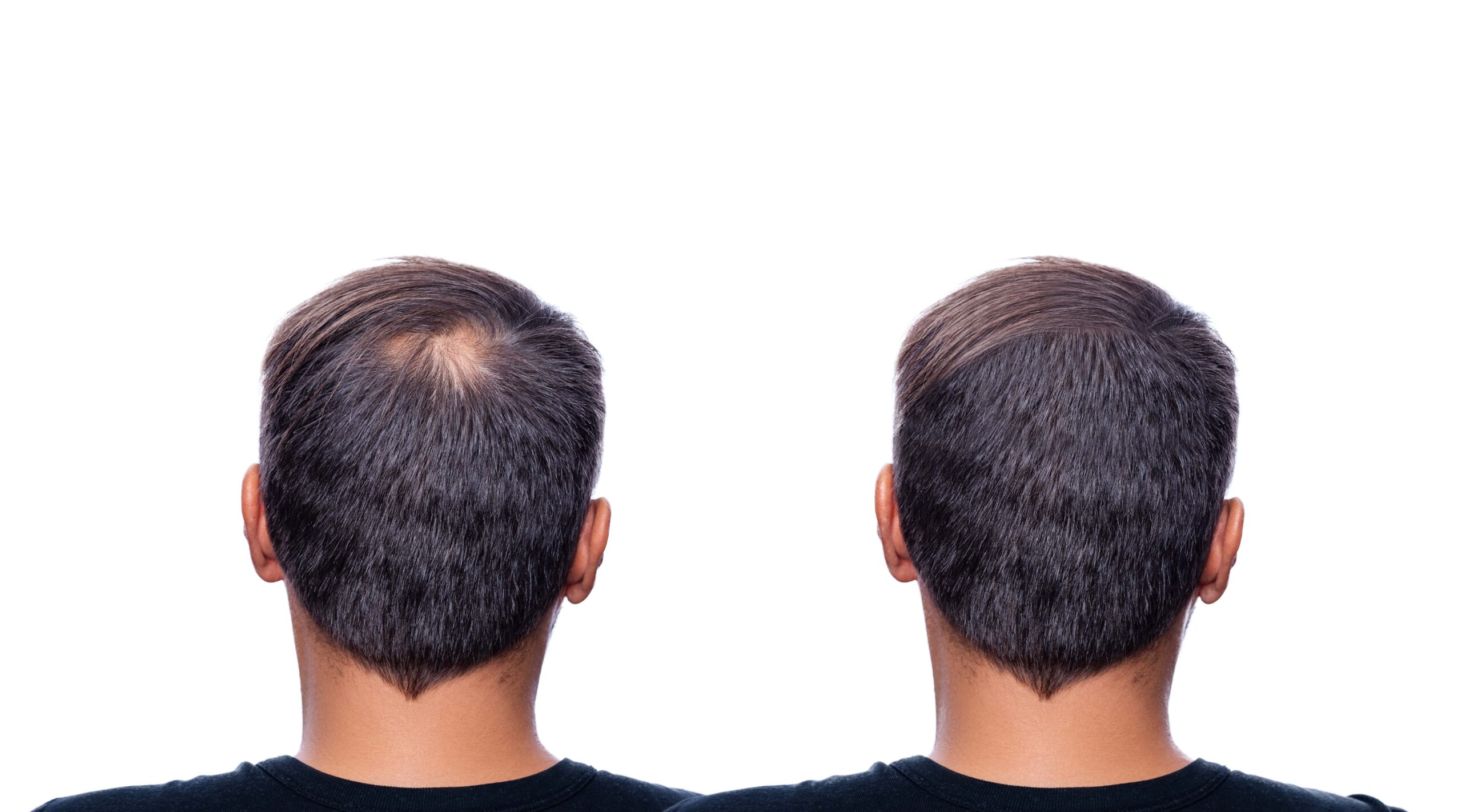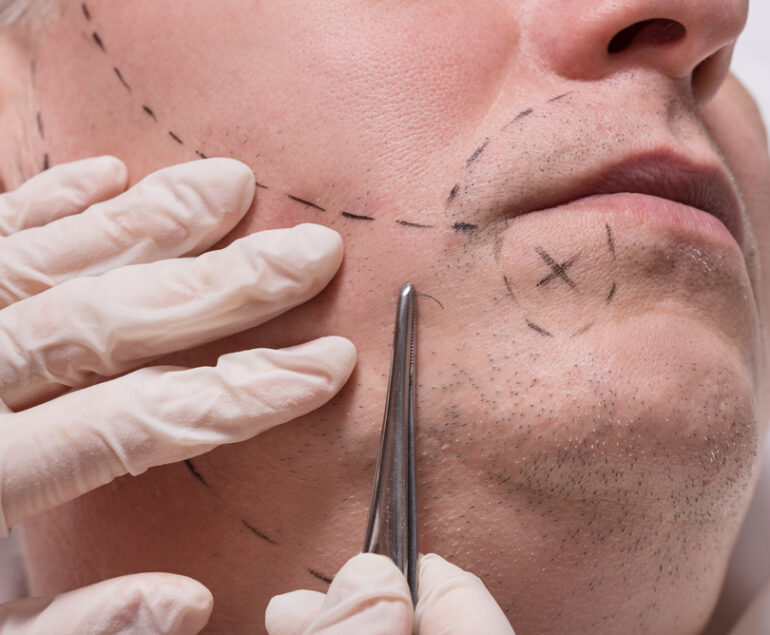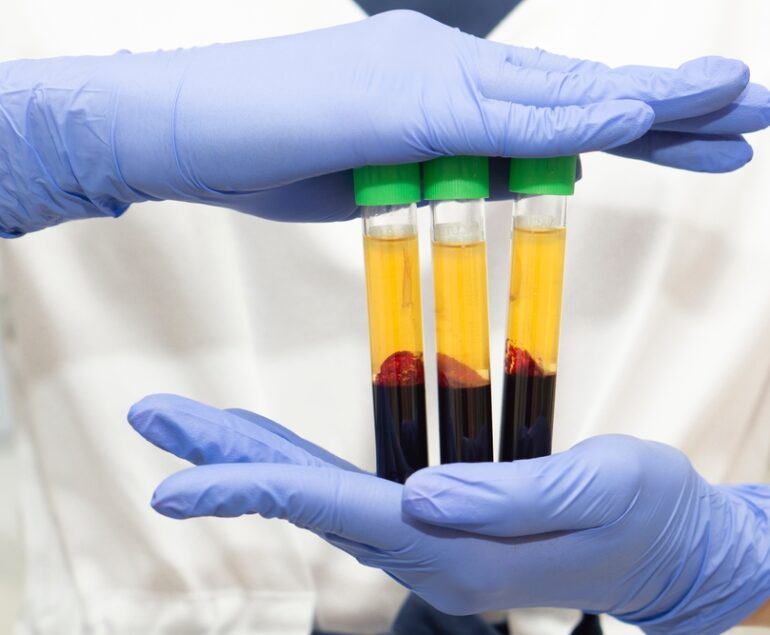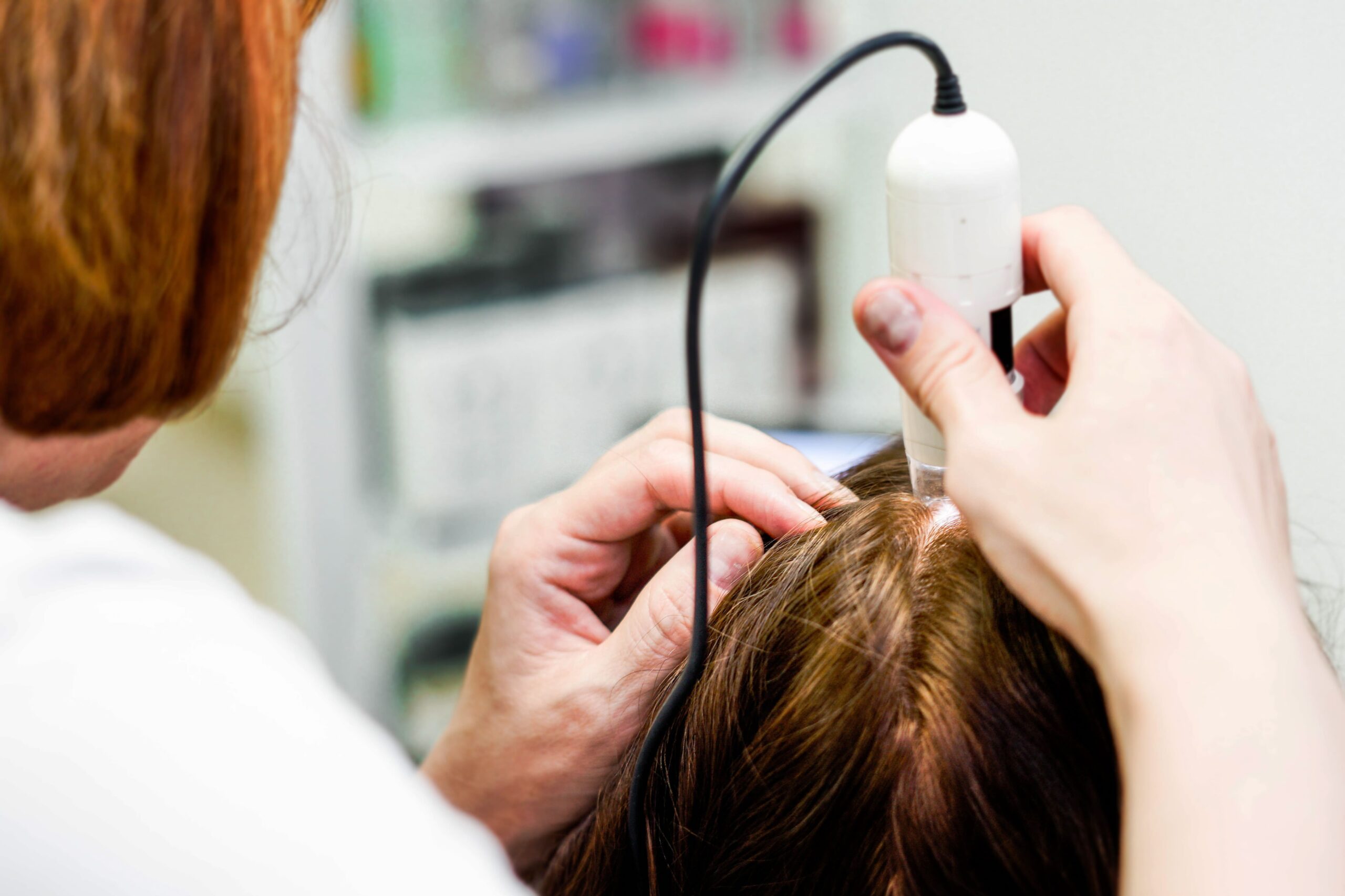SEDATION HAIR TRANSPLANT
Hair transplant operations are mostly performed under local anesthesia. Before the procedure, the area is anesthetized with needles applied to the operation area and the patient is prevented from feeling pain. In some cases, sedatives can be administered to patients before local anesthesia.
SITUATIONS WHERE SEDATION IS PREFERRED IN HAIR TRANSPLANTATION
- People with a fear of needles
- In people who have intense fear of operation
- People with anxiety (anxiety disorder)
- People with a low pain threshold
- Short-term (10-15 minutes) sedation is applied before local anesthesia for hair transplantation.

PAINLESS AND PAINLESS HAIR TRANSPLANTATION
Hair transplantation is a procedure that is commonly performed with local anesthesia. Pain during the application of local anesthesia and prolonged lying are the most common complaints of patients. To eliminate these unpleasant effects, sedation is very beneficial. Sedation is the intravenous drug delivery process, which is performed by an anesthesiologist, consisting of a combination of analgesic (painkiller) and sedative (relaxing) drugs.
When the patient who will undergo hair transplantation and sedation comes to our center, he is examined by our anesthesiologist, and the procedure is started by taking the necessary tests. Then, our patient is taken to the operation room and sedated by an anesthesiologist in a very safe environment.
After the application, the patient does not feel the unpleasant effects of local anesthesia at the beginning of the procedure, which creates a slight sleepiness and a feeling of relaxation.

Frequently Asked Questions
In order to understand your suitability for hair transplantation, you must go through a doctor's evaluation. Your doctor will direct you to a hair transplant attempt or other treatment options after performing the necessary analysis. Tests to be Done Before Hair Transplantation, Determination of Blood Type, CBC (Complete Blood Count), Biochemistry (routine), PTZ-APTT (Coagulation), PT-PTT-INR (Coagulation test), HBs Ag, Anti HBC, Anti HIV. As a result of these tests, your suitability for hair transplantation is understood. On the other hand, if there is no skin disease in the hairy area, it should be treated. Your suitability for hair transplantation is examined by a specialist in our polyclinic.
Since hair transplantation is performed under local anesthesia or with sedation, pain is not felt. Here, the patient's pain threshold is also important. A slight pain is felt during anesthesia. After anesthesia, the patient does not feel any pain.
Hair transplantation is a process that takes between 6 and 8 hours.
The transplanted hair starts to fall out within 15 days. The patient recovers. From the 3rd month, the hair starts to grow slowly. However, in 5-6 months, most of the hair will come out. Hair growth and thickening continue for up to 1 year.
Since the donor area for hair transplantation is the area coded not to fall out, the hair taken from that area and transplanted to the top and front area will not shed for life.
Hair Transplant Methods
Our Other Treatments

Eyebrow Transplantation
Eyebrow transplantation is a procedure applied to permanently regain eyebrow hair in patients who have missing eyebrows, lost their eyebrows due to trauma (scars, plucking, chemotherapy) or who want to thicken and improve the appearance of their eyebrows.

Beard and Mustache Transplantation
Beard and Mustache transplantation is an application for people who have lost a beard or mustache or who have not grown a beard.

Prp Hair Treatment
PRP Hair treatment is the separation of some blood taken from the person into its components after a centrifugation process, enriching it in terms of platelets and injecting the obtained serum into the scalp.

